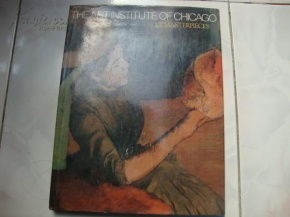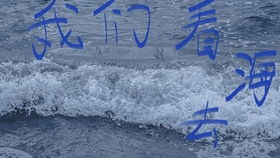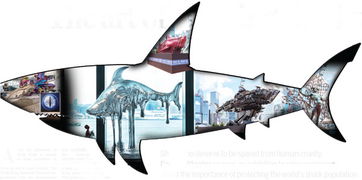Content:
As the days grow shorter and the air turns crisp, the anticipation for the winter solstice begins to mount. For many anglers, this marks the end of the fishing season and the beginning of a period of dormancy. However, with a bit of planning and the right techniques, you can still enjoy some excellent fishing before the big day arrives. Here are some essential tips to help you master the art of fishing before the winter solstice.
Understanding the Weather Patterns
Before you head out, it's crucial to understand the weather patterns leading up to the winter solstice. The temperature drop can significantly impact fish behavior, so it's important to be aware of the following:
Water Temperature: Fish are more active in warmer water. Try to fish during periods when the water temperature is slightly above freezing, as this will encourage more fish to feed.
Barometric Pressure: Changes in barometric pressure can affect fish activity. On days with stable pressure, you're more likely to have success.
Wind and Rain: Fish tend to be more active in calm conditions. Plan your fishing trips for days with minimal wind and rain.
Choosing the Right Location
The location you choose can make a big difference in your fishing success. Here are some tips for selecting the best spots:
Sheltered Areas: Fish often seek shelter from the cold, so look for areas with natural cover, such as trees, rocks, or submerged structures.
Deep Water: Cold water tends to sink to the bottom, so you'll want to fish in deeper water where the temperature is more stable.
Structure: Fish are attracted to structure, whether it's a submerged tree, a rock formation, or a natural or artificial reef. These areas are prime spots for finding fish.
Choosing the Right Equipment
Your equipment should be designed to handle the colder conditions and the fish's reduced activity. Here are some equipment tips:
Lures and Baits: Soft plastics, jigs, and live bait are often more effective in cold water. These baits tend to move more naturally and are less likely to freeze.
Line and Leader: Use heavier line and leaders to account for the reduced visibility in cold water and to handle larger fish that may be present.
Tackle: Ensure your tackle is in good condition. Cold temperatures can make metal parts brittle, so check for any signs of wear and tear.
Fishing Techniques
Once you have the right location and equipment, it's time to apply the right techniques:
Patience: Fish may be slower to bite, so be patient and allow your bait to sit for longer periods.
Timing: Fish are often most active just before dawn and after dusk. Plan your fishing trips around these times to increase your chances of success.
Rigging: Use rigs that are easy to work with in cold conditions. Simple rigs with minimal moving parts are less likely to freeze.
Presentation: Fish may be more selective in cold water. Present your bait or lure in a natural, lifelike manner to mimic the real thing.
Adjustment: Be prepared to adjust your approach as conditions change. If the fish aren't biting, try changing your lure, bait, or location.
Safety Precautions

Lastly, always prioritize safety when fishing before the winter solstice:
Layered Clothing: Dress in layers to stay warm. Be sure to protect your extremities with gloves, a hat, and a scarf.
Warm Drinks: Bring a thermos of hot drinks to stay hydrated and warm.
Emergency Kit: Carry an emergency kit with essentials like a first aid kit, a flashlight, and extra batteries.
By following these tips and understanding the nuances of fishing before the winter solstice, you can still enjoy some fantastic angling experiences. Remember, the key is to be prepared, patient, and adaptable to the changing conditions. Happy fishing!












